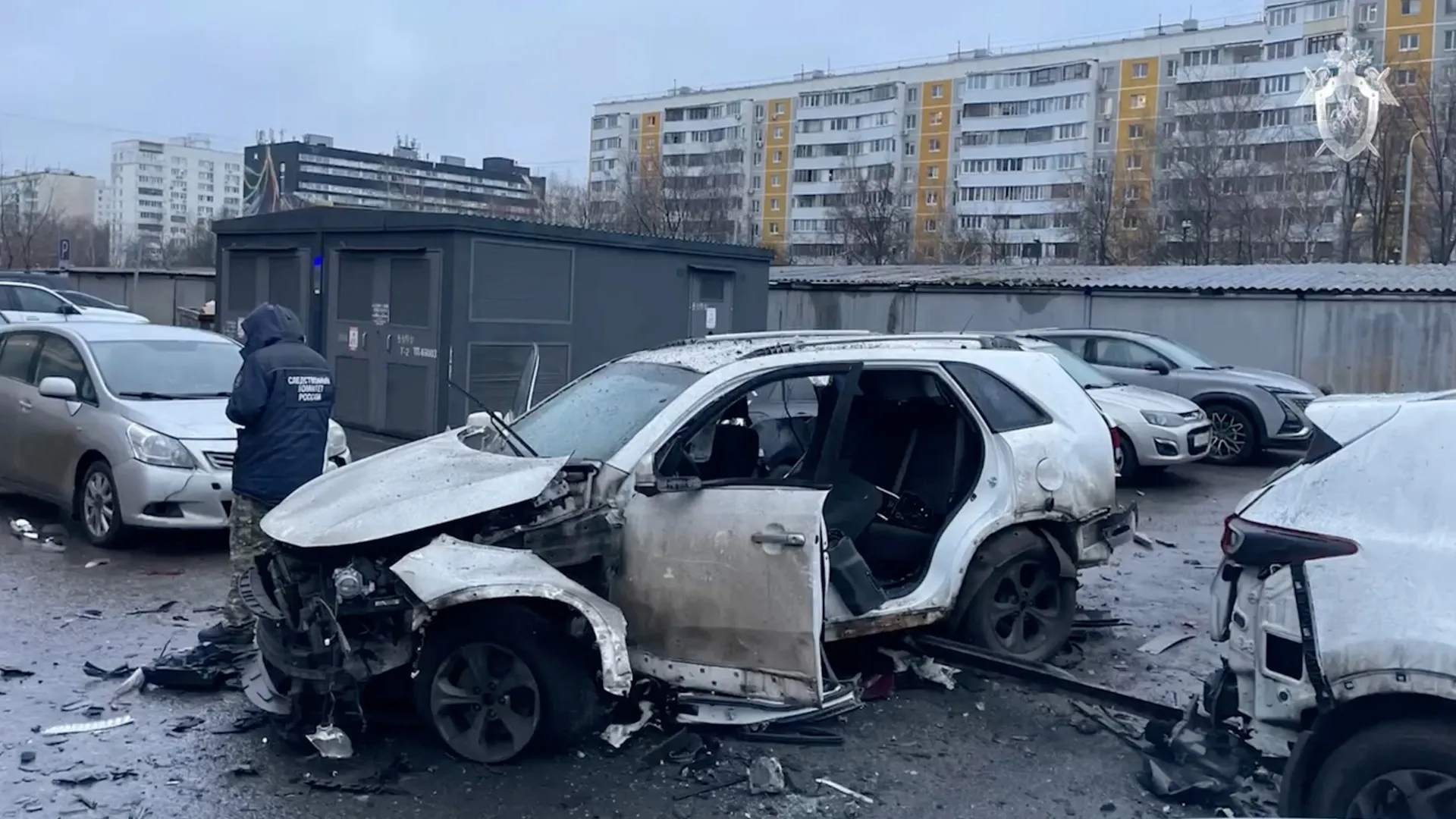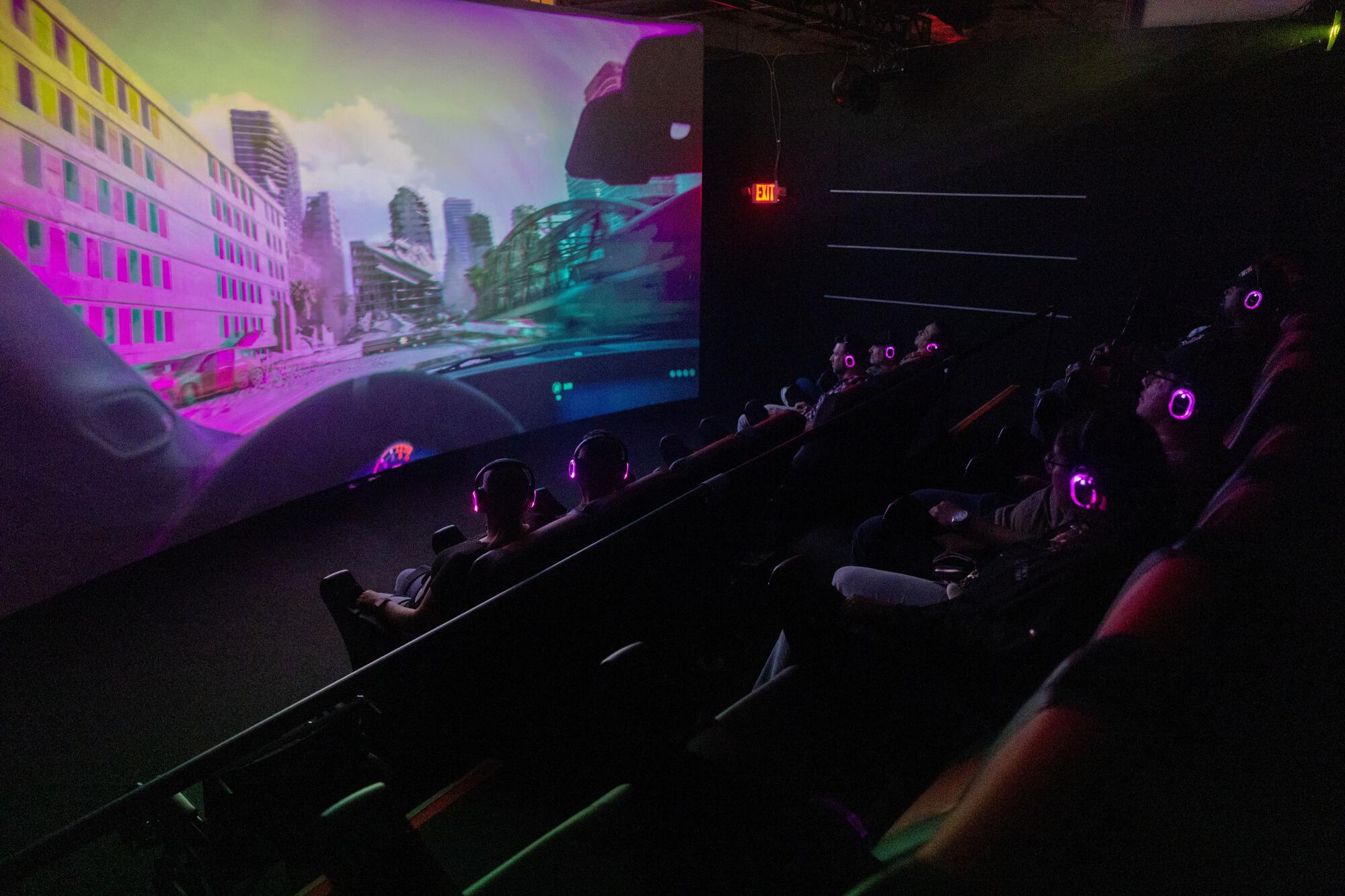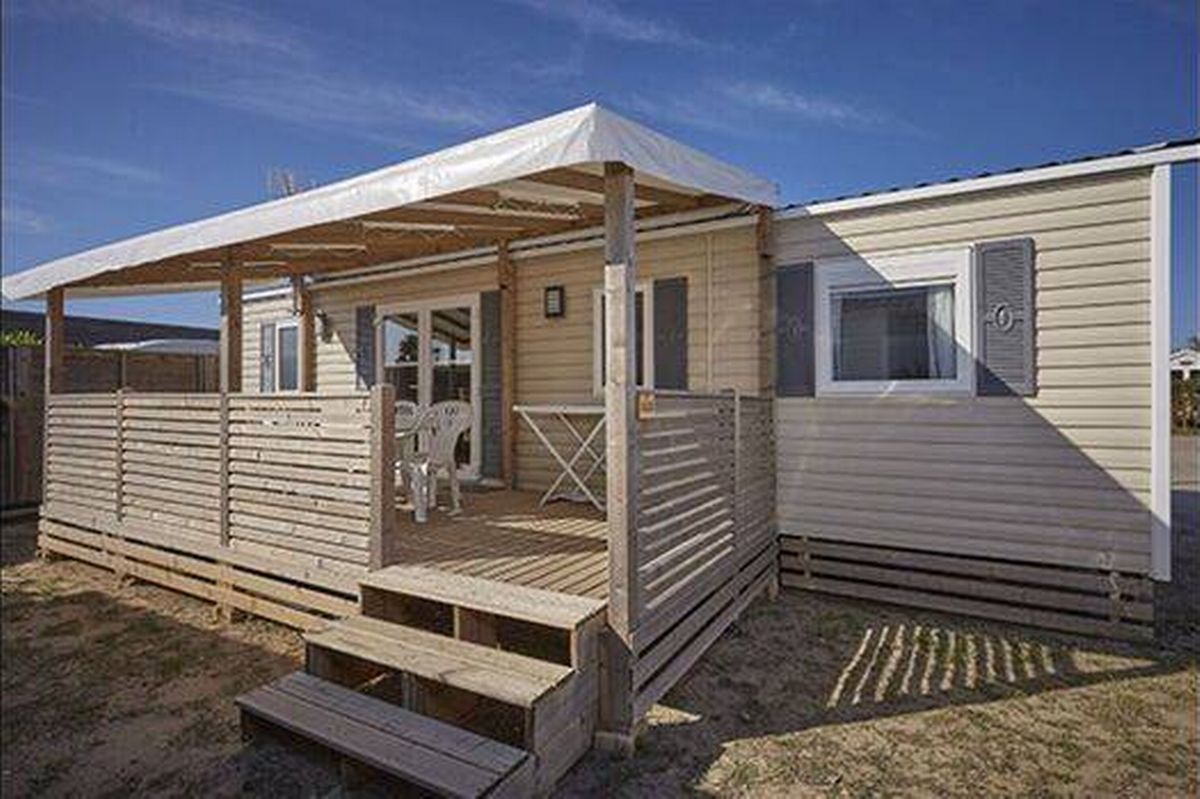Jet2 has partnered with Eurocamp to offer package holidays to European holiday parks in France, Italy and Croatia, allowing families to easily book their flights, accommodation, and car hire in one
Jet2 has unveiled a partnership with Eurocamp, a leading European holiday park provider, allowing travellers to book package holidays with accommodation in select parks across France, Croatia, and Italy for summer 2026.
Those booking through Jet2 can opt for a variety of mobile homes for their stay, bundled into a convenient package alongside a Jet2 flight. These package holidays come with bed linen, flights with 22kg checked baggage and a 10kg hand luggage allowance, ATOL protection, and the assistance of a Eurocamp representative throughout the stay.
A standout feature of Jet2’s Eurocamp packages is the inclusion of car hire at your destination, eliminating the need for coach transfers and providing an easy means to explore during your holiday. The price of your package holiday typically includes basic car hire, but you can choose to upgrade at checkout if you wish, and there are a few different providers to choose from.
Eurocamp accommodations are tailored for families, offering a selection of self-contained units from the Classic range of mobile homes to upgraded properties boasting private terraces and garden furniture, reports the Express.
Options include two- and three-bedroom mobile homes, ensuring parents have ample space and privacy when travelling with children. Amenities include well-equipped kitchens, BBQs, WiFi, and air conditioning, depending on the chosen package.
For those seeking a touch of luxury, the highest grades of accommodation offer extras such as hotel-quality mattresses and hot tubs, guaranteeing a truly relaxing getaway.
Since Eurocamp accommodations come equipped with kitchen facilities, they can prove more budget-friendly than hotel stays. Nevertheless, if you fancy dining out, most parks feature on-site restaurants, takeaways, and other options for dining close to your mobile home.
There’s a wide selection of Eurocamps available, many boasting direct beach access or proximity to lakes and stunning mountain views. So, regardless of your chosen location, there’s typically loads to discover in the surrounding area.
Jet2 will be providing park packages across several French regions including the Dordogne and Provence areas, Lake Garda and Sardinia in Italy, plus Croatia’s Istrian Coast and Dalmatia Coast – all favourite spots for family getaways.
Within each park, you’ll discover numerous daytime activities, featuring energetic kids’ clubs and evening entertainment ranging from live performances to mini-discos. Eurocamp sites also boast swimming pools, with some having multiple pools, whilst larger parks may include waterslides and additional exciting outdoor amenities.
Steve Heapy, CEO of Jet2.com and Jet2holidays, commented: “The launch gives customers the opportunity to enjoy unforgettable outdoor holidays across Europe with Jet2holidays, including all the benefits of booking an award-winning package holiday with the UK’s largest tour operator.
“We know just how popular Eurocamp is, and we are very confident that its appeal, together with the perks of a Jet2holidays package, will mean that this new proposition is a huge success.”
Learn more about Jet2’s Eurocamp holidays and book online for summer 2026.
Have a story you want to share? Email us at webtravel@reachplc.com

















